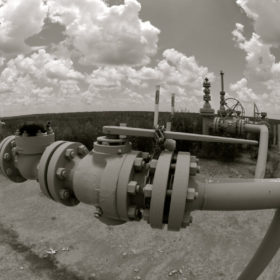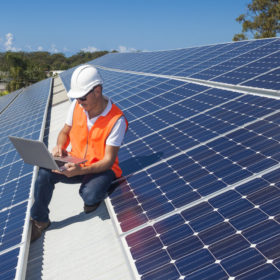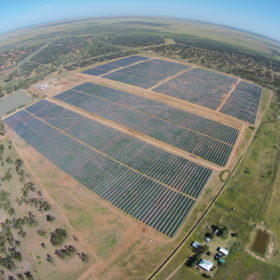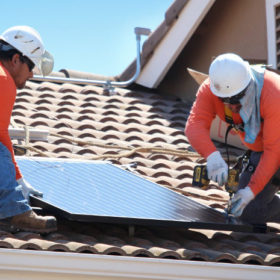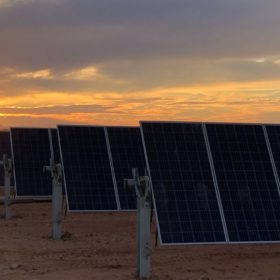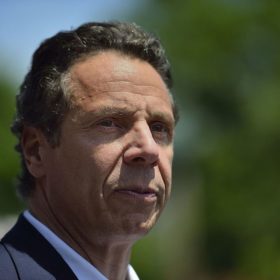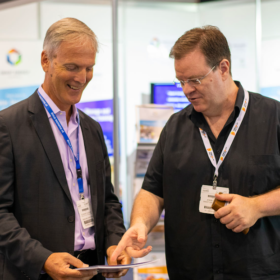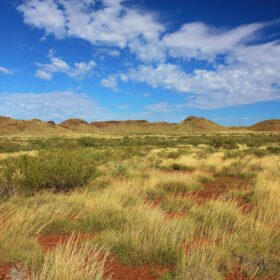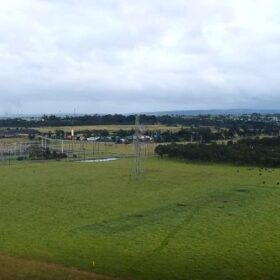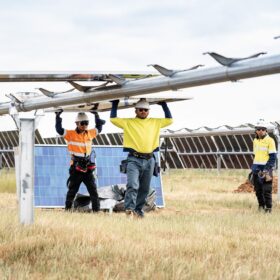Australia edges closer to national hydrogen strategy
Nine issues papers have been developed following national and international consultation as Australia seeks to tap the global transition to lower emissions sources of energy.
Victoria’s Solar Homes program returns with a bang
The first-in best-dressed Solar Homes program kicked off on Monday, with a half of solar rebates available in July snapped in the first day. The revamped scheme will be accompanied with a more stringent auditing program and other measures to optimize the rollout following difficulties that have plagued round one.
Queensland government to convene urgent solar industry roundtable
After a Court of Appeal dismissed the government’s application to enforce regulation requiring licensed electrical workers to mount and fix unplugged solar panels, the Queensland government has called for an urgent industry roundtable to discuss safety in large-scale solar farms.
Details emerge on audits planned for VIC Solar Homes program
After encountering some problems in the first round of the Victorian Government’s Solar Homes program, round twois set to be backed up by more stringent auditing program. Exactly what this entails is becoming more clear.
NSW readies to launch interest-free solar battery loan program
The Berejiklian government is gearing up to deliver on its election pledge and roll out interest-free loans for home battery systems. The program holds the promise to help up to 300,000 households save hundreds of dollars on their power bills.
Queensland government loses appeal, contentious solar installation regulation remains invaild
Queensland’s Court of Appeal has dismissed the government’s application to enforce regulation requiring licensed electrical workers to mount and fix unplugged solar panels.
Australia’s massive contribution to global PV, battery uptake blemished by grid woes
Last year, Australia shattered all records in terms of investment in renewables and capacity additions, but a range of concerns for solar PV developers, including network constraints, delays and grid connection issues, are looming over the nation’s clean energy sector, according to an annual overview drafted by global policy network REN21.
Think-tank eyes up 10 GW sustainable future for Northern Territory
A new report raises awareness of the potential jobs and revenue opportunities for Territorians in a zero-carbon economy. The 10 GW Vision relies largely on solar PV.
New York Senate passes the biggest renewable energy mandate in the US
The 70%-by-2030 renewable energy provision in legislation S6599 is second only to Washington DC’s 100% by 2032 aim, and includes targets of 6 GW of distributed solar by 2025 and 3 GW of energy storage by 2030. It is expected to pass the assembly today.
Interview: Smart Energy Council renews call for its code of conduct to be used for Solar Homes
With a pronounced focus on safety and installer certification in the second round of Victoria’s landmark Solar Homes subsidy program, the Smart Energy Council (SEC) has renewed calls for its ‘whole of industry’ code to be incorporated into the program. SEC CEO John Grimes says that he broadly supports the focus on safety as “setting a high bar.”
